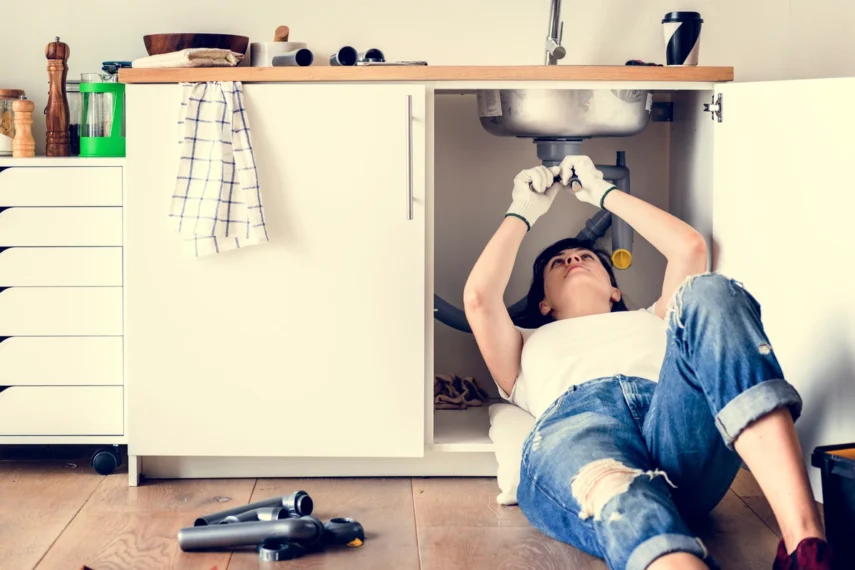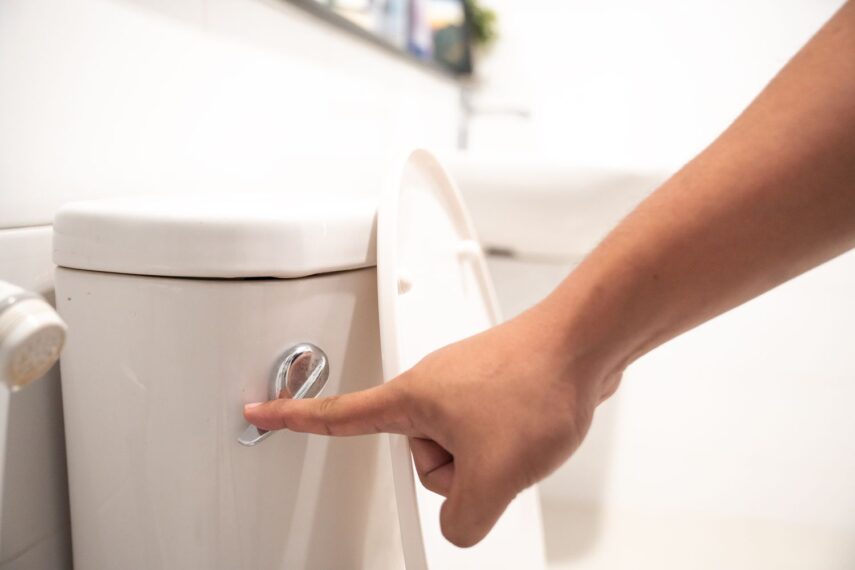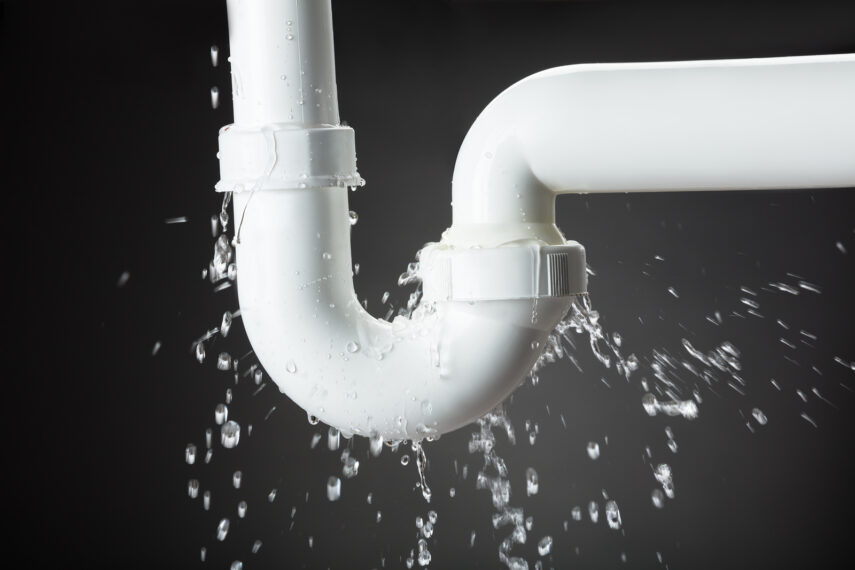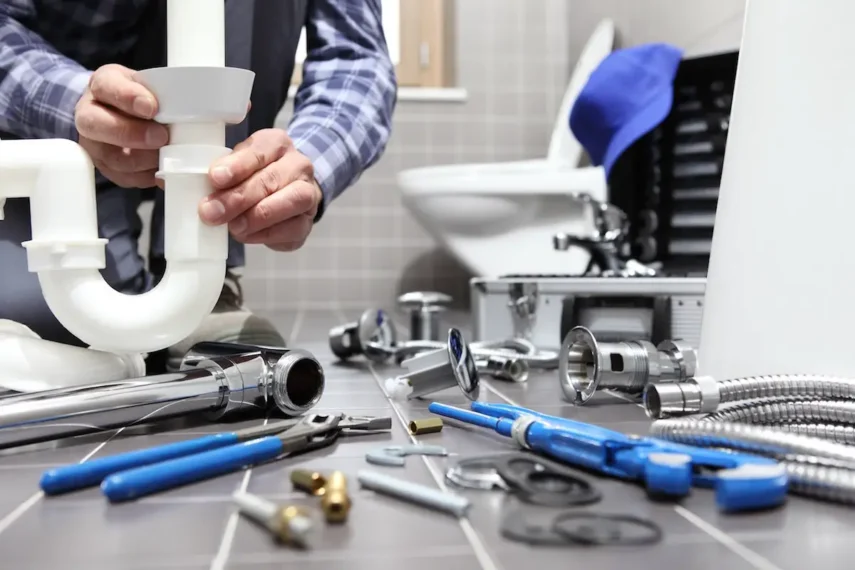Problems with plumbing systems are common, especially if the pipes are old or poorly maintained. It is possible to avert a major plumbing catastrophe if you are attentive to keeping the drains clean and well-insulated. However, despite taking all measures to keep the plumbing system safe, you may encounter problems like an overflowing sink or a clogged drain.
If you face a major clog or a big leakage, you may need professional help. For professional help, you can find here details about the different types of plumbing services. But if there is no major problem, you may want to try a few DIY solutions before contacting the plumber.
Some Maintenance Tips And Quick Fixes For Your Plumbing System

Learning some DIY quick fixes and tips for maintaining the plumbing system can be very useful. They will save you money and protect the pipes’ health in the long term.
Unclogging The Drains
Clogging of drains is the most common problem with plumbing systems all over the world. Drains get clogged due to natural deposition. However, clogged drains are more frequent if you are not careful. The problem of clogging can be dealt with effectively using a mesh-like cover for the drains.
However, if there is a clog and you want to unclog it, avoid market-based unclogging agents. Instead, use a homemade solution. Add any bicarbonate salt and vinegar to produce carbon dioxide gas. Carbon dioxide can remove clogs quite effectively. Unlike the harsh caustic products that are available in the market, carbon dioxide does not harm the surface of pipes, yet it unclogs effectively.
Monitor Signs Of Leakage
Leakages happen due to corrosion, exposure of the pipe to extreme temperatures, etc. However, spotting the signs of leakage early on is essential if you wish to avoid a full-fledged disaster.
Common signs of leakage include discoloration of the wall. Alternatively, if the walls become wet or if you spot a puddle of water near a wall, it could be a leakage issue. And finally, if you can spot mildew growth on your walls and ceiling, leakage might be the issue.
You cannot prevent leakage as the pipe walls become thin with time. Also, corrosion cannot be eliminated. So you must fix leakage problems before they become problematic.
Do Not Flush Garbage In The Toilet

Flushing cotton swabs, hair, plastic packets, etc., can create a big problem. So make sure you throw waste products in the dustbin and not flush them down.
Keep Greasy Stuff Away From The Sink
Like tissue paper or plastics, greasy substances from animal fat or oils can choke sinks. Hence, you must be careful not to wash down greasy and oily substances down the sinkhole of the kitchen.
Replace The Garbage Disposed Under Your Kitchen Sink
The garbage disposer is a mechanical device that shreds kitchen waste into tiny pieces. So it shreds the vegetable skins to sizes typically as small as a few millimeters. Small pieces of vegetables can easily pass through the pipeline. However, you might need to replace the garbage disposer after ten to twelve years of use.
The steps to install a new garbage disposer are quite simple. You must first remove the old disposer. But before that switch off the main electricity supply as the disposers are often directly connected to the circuit wiring. Then you must disconnect the drain connections to remove the old garbage disposer.
Once the old disposer has been removed, install a new drain fitting and the mounting ring. The drain fitting and the mounting ring sandwich the top and the bottom of the sink opening. You may have to use some sort of putty around the drain opening.
The mounting ring arrangement needs to be secured further, which can be done using three screws. After that, connect the power cord of the new disposer to the circuit, and then you can mount the garbage disposer.
Installing a garbage disposer is not very difficult; however, some knowledge of mechanics and electric circuits may be necessary. Also, the garbage disposer can be heavy, so if you cannot lift heavy weights, you might need help.
Replace A Broken Pipe

A broken pipe can create a messy situation; however, you must not panic. The first thing to do when you have a broken pipe is to shut the valve. It is good if you find out the intermediate valve for that particular pipe.
In that case, you may not have to shut out the entire water supply. However, you may have to shut off the main valve if you cannot find the intermediary valve.
To replace the broken pipe, you can create a replacement piece by using another plastic pipe and attach it to the main pipe with push-fit fittings.
Work On The Aerator Of The Faucet
An aerator is a tiny device that introduces some air into the water. However, the aerator may not work properly if there is sediment deposition. You can simply turn the aerator in an anti-clockwise manner to remove it. Then you must scrape out the deposited sediments and dirt, and then replace the clean aerator in its position.
Use Water Softeners
If the municipal water supply to your house is hard (rich in dissolved salts), you must soften it. Water softeners reduce the deposition of sediments in the plumbing system.
Conclusion

Fixing plumbing issues is not difficult if you do not let the problem aggravate. Simple measures like using a mesh on top of the inlet points or using a water softener can go a long way in preventing clogged pipes. Check Blue-White.com for more information about water flow in your house
Also, if you are confident about your knowledge of circuits, you can do simple installations yourself. Things like a kitchen garbage disposer, a shower head, or the faucet’s aerator can be replaced without hiring a plumber. However, getting a yearly check done by a plumber is always advisable. Also, things like cleaning the sewage and installing new gadgets like geysers are more challenging, and you may need a plumber for such jobs.








